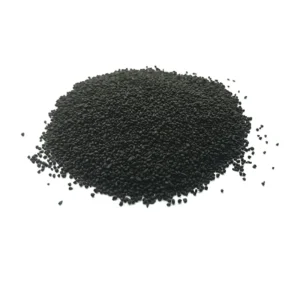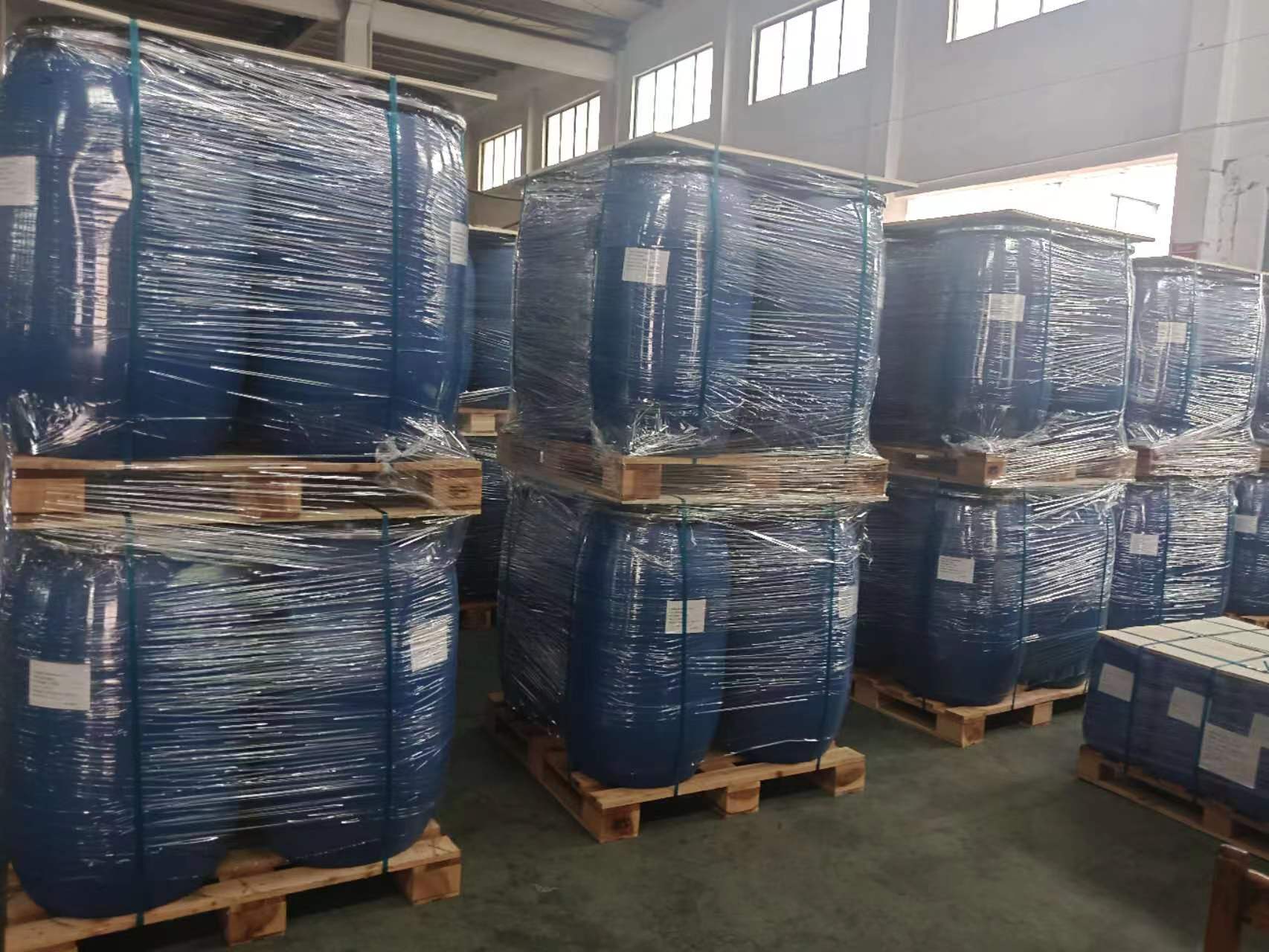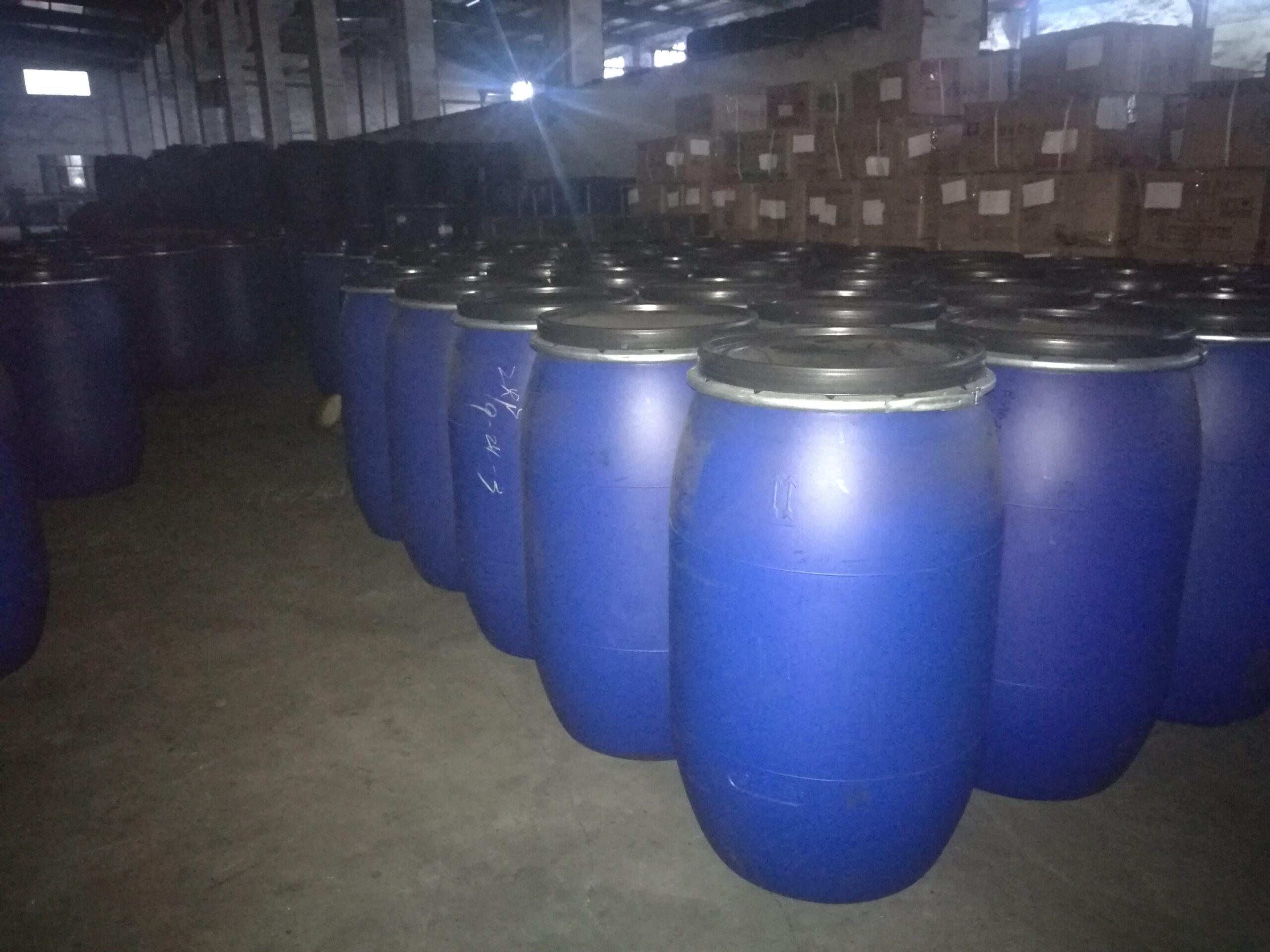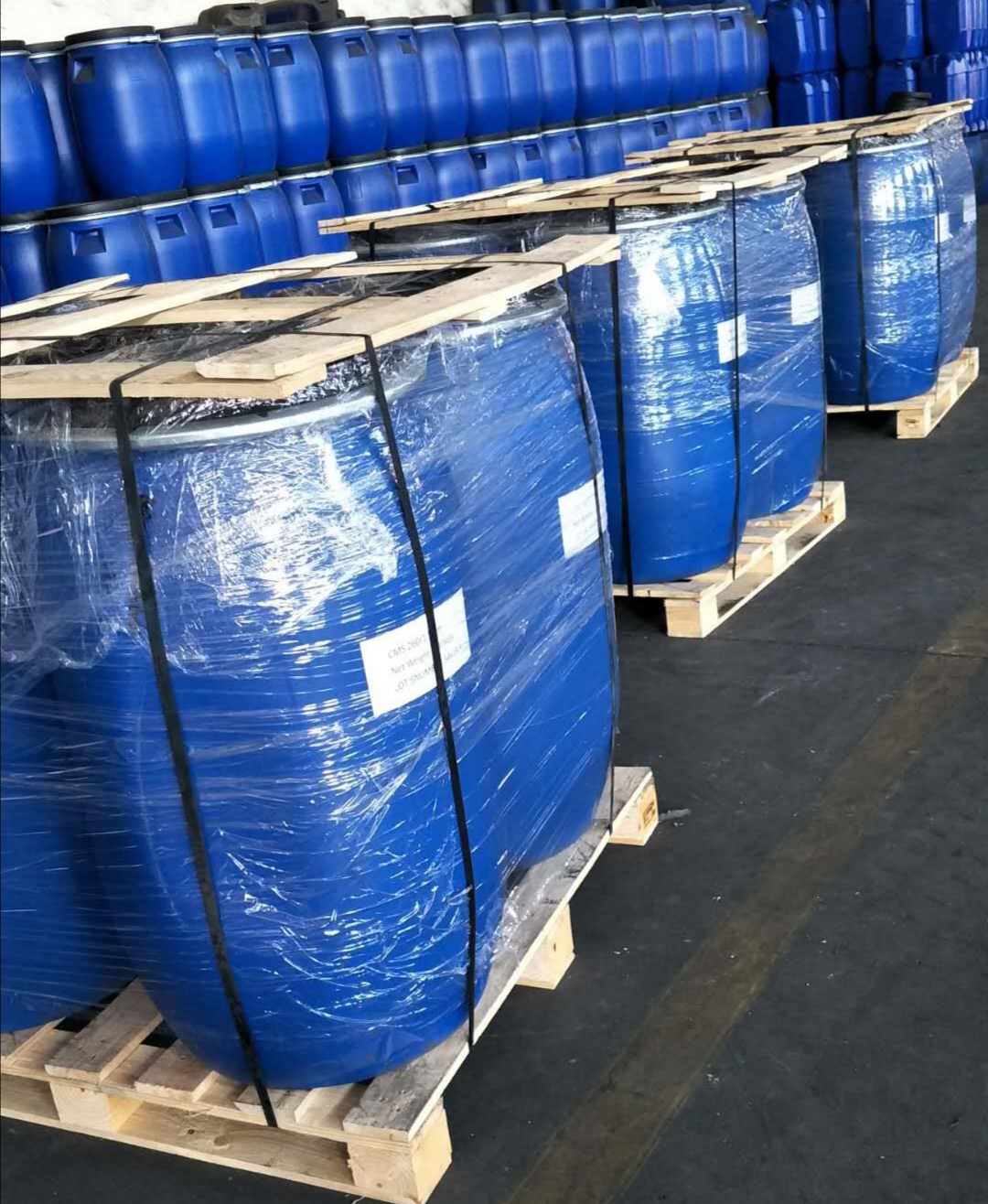Knowledge related to coconut shell activated carbon
一、What is coconut shell activated carbon?
Coconut shell activated carbon is made from high-quality coconut shells through a series of sophisticated processing techniques. Coconut shell activated carbon is black in appearance and granular. It has the advantages of well-developed pores, good adsorption performance, high strength, easy regeneration, and economic durability. However, due to issues such as the origin of coconut shells, its price is higher than that of conventional wood-based activated carbon.
The product is mainly used for the purification, decolorization, dechlorination and deodorization of drinking water, pure water, wine-making, beverages and industrial wastewater. It can also be used for mercaptan removal in the oil refining industry, etc.
二、Product Classification
1.High-quality coconut shell activated carbon
Coconut shell activated carbon is a high-quality activated carbon produced from coconut shells. It is a kind of irregularly granular crushed carbon with high strength. After saturation, it can be regenerated multiple times. Its notable features are high adsorption capacity and low resistance. This product is widely used in fixed beds or moving beds, and is extensively applied in central water purifiers, drinking water, and industrial water for decolorization, deodorization, removal of organic matter, and residual chlorine.
- Activated carbon for extracting gold
Activated carbon for gold extraction is made from high-quality coconut shells from Southeast Asia as raw materials, and is refined through carbonization, high-temperature activation and pretreatment. The product features a well-developed pore structure, large specific surface area, high wear resistance, fast adsorption speed, large adsorption capacity, easy desorption, and repeated regeneration and reuse. It is widely used in the gold extraction processes of carbon slurry method and heap leaching method. This gold-grade activated carbon adopts a special process to shape the activated carbon particles with high strength, almost completely removing the needle-shaped, pointed, angular and other easily grindable parts in the particles. The particle shape is full and uniform, which greatly enhances the wear resistance of the product. After entering the factory, there is no need for pre-grinding. It can be used directly after water rinsing.
- LC type free chlorine removal dedicated activated carbon
LC type activated carbon specially designed for water purification is a kind of composite activated carbon produced by a special process. The particles are irregular, generally ranging from 12 to 40 mesh, and can also be crushed and formed according to the user’s requirements. The LC type dedicated activated carbon for free chlorine removal has a removal rate of 99-100% for free chlorine
- RJ type solvent recovery dedicated activated carbon
RJ type solvent-specific activated carbon is a columnar formed activated carbon produced from high-quality coconut shell raw materials through a special process, with a particle size of 6-8 mesh (φ3mm). It can also be made into crushed activated carbon according to the user’s requirements. The main features of this activated carbon are: fast adsorption speed, low steam consumption for desorption, and quality indicators that are fully comparable to foreign products. It is mainly used for the recovery of solvents such as gasoline, acetone, methanol, ethanol, and toluene.
- ZH-03 Granular sugar Charcoal (Physical Method)
High-performance physical activated carbon made from high-quality raw materials through high-temperature activation (converter) is used for decolorization of citric acid, sugar and coking wastewater in the pharmaceutical industry. The color intensity can be reduced from 130 times to less than 8 times, and the COD can be reduced from 300PPM to within 50PPM. The treatment cost per ton is about 10 yuan. This type of activated carbon is in granular form and can be regenerated after adsorption saturation. The adsorption performance is close to that of chemical powdered carbon
- Silver-loaded activated carbon
Silver-loaded activated carbon is a new type of water purification product that exchanges silver ions into the pores of activated carbon and fixes them specially. It takes advantage of the powerful “van der Waals” force of activated carbon to adsorb a large amount of organic matter in the activated carbon filter and achieve sterilization. Moreover, it reduces the growth of bacteria within the activated carbon and lowers the increase in nitrite content in the effluent from the activated carbon filter.
In the silver-loaded activated carbon process, no acid or alkali is added. However, the activated carbon loaded with silver only contains silver ions instead of silver oxide, truly achieving the effect of purifying water.
- Special activated carbon for decolorizing monosodium glutamate
This product is made from high-quality hard fruit shells such as coconut shells, apricot shells and walnut shells as raw materials, and is refined through physical methods. The product is in the form of black amorphous granules, featuring a large specific surface area, well-developed pore structure, strong adsorption capacity, fast decolorization speed and easy regeneration.
- ZH-05 type vinylon catalyst carrier activated carbon
ZH-05 type vinylon catalyst carrier activated carbon is made from high-quality coconut shell carbon as raw material. It is refined through advanced equipment and processes such as carbonization, activation, selection, crushing, screening, acid washing and drying. The product features an extremely developed microporous structure, with a large specific surface area, strong adsorption capacity, high mechanical strength, uniform and reasonable particle size distribution, and stable product quality.
Coconut shell activated carbon is refined from coconut shells as raw materials. It has an irregular particle shape and features high mechanical strength, well-developed pore structure, large specific surface area, fast adsorption speed, high adsorption capacity, easy regeneration and long service life. It is mainly used for deodorization, removal of heavy metals from water, dechlorination and liquid decolorization in food, beverages, medicinal activated carbon, alcoholic beverages, air purification activated carbon and high-purity drinking water. And it can be widely used in solvent recovery and gas separation in the chemical industry, etc.
Coconut shell activated carbon has a long service life and a complete range of types, including special activated carbon for gold refining, water treatment activated carbon, monosodium glutamate refining carbon, special carbon for desulfurization in petrochemicals, vinylon catalyst carrier activated carbon, ethylene desalination water carbon, cigarette filter carbon, etc. It is widely used in food, medical, mining, metallurgy, petrochemicals, steelmaking, tobacco, fine chemicals and other industries.
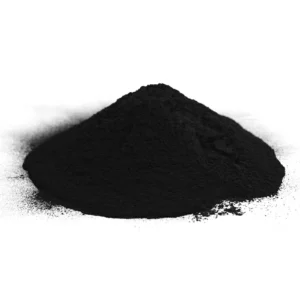
三、 Applications
Coconut shell granular activated carbon is often used in gas-phase adsorption, usually by allowing the gas flow to pass through the activated carbon layer for adsorption. According to the different states of the activated carbon layer in the adsorption device, the adsorption layer can be classified into several types, namely the fixed layer, the moving layer and the flowing layer. However, in small adsorbers such as deodorizers in refrigerators and cars, adsorption relies on the convection and diffusion of gases. In addition to granular activated carbon, activated carbon fibers and activated carbon molded products are also being increasingly widely applied in gas-phase adsorption.
- The air in instrument rooms, air conditioning rooms, basements and submarine facilities often contains body odor, smoking odor, cooking odor, oil, organic and inorganic sulfides, corrosive components, etc. due to external pollution or the influence of people’s activities in a closed environment, which can cause corrosion of precision instruments or affect human health. Activated carbon can be used for purification to remove impurity components.
- Coconut shell activated carbon can be used in the gases discharged from chemical plants, leather factories, paint factories and engineering projects that use various organic solvents. These gases contain various organic solvents, inorganic and organic sulfides, hydrocarbons, chlorine, oil, mercury and other components harmful to the environment. They can be adsorbed by activated carbon before being discharged. The gases discharged from atomic energy facilities contain radioactive substances such as krypton, xenon and iodine, which must be adsorbed clean by activated carbon before being discharged. The flue gas produced by the combustion of coal and heavy oil contains sulfur dioxide and nitrogen oxides, which are harmful components that pollute the atmosphere and cause acid rain. They can also be adsorbed and removed by activated carbon.
There are many more cases where coconut shell activated carbon is used to refine gases. For instance, gas masks, cigarette filters, refrigerator deodorizers, and automotive exhaust treatment devices all take advantage of the adsorption property of activated carbon to remove toxic components, substances harmful to the human body, or odorous components from the gas. For example, after adding 100 to 120ng of activated carbon to cigarette filters, a large part of the harmful components in the smoke to the human body can be removed.
- Mercaptan removal activated carbon: It is used as the carrier of the gasoline mercaptan (deodorization) catalyst in the catalytic unit of the oil refinery.
- Vinylon catalyst activated carbon: It is used in the chemical industry as a carrier for catalysts, such as a carrier for vinyl acetate catalysts, etc.
- Activated carbon for monosodium glutamate refining: It is used for decolorization and refinement of mother liquor in the monosodium glutamate production process, and can also be used for decolorization and refinement of fine chemical products.
- Special activated carbon for cigarette filters: It is used in cigarette filters in the cigarette industry to remove toxic and harmful substances such as tar and nicotine from cigarettes.
- Special activated carbon for citric acid: It is used for decolorization, refinement and deodorization of various acids such as citric acid, amino acids and cystine.
- Special activated carbon for direct drinking water treatment: Activated carbon is used for advanced water purification in household direct drinking water, water treatment in waterworks, and the production of bottled water.
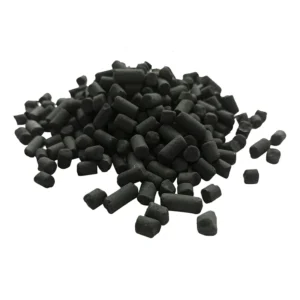
四、 Precautions
During the transportation of coconut shell activated carbon, it should be prevented from being mixed with hard substances. It must not be stepped on or trampled to avoid the breakage of carbon particles and affect the quality.
- Storage: It should be stored in porous adsorbents. Therefore, during transportation, storage and use, it is absolutely necessary to prevent water immersion. Once water immersion occurs, a large amount of water will fill the active voids, causing it to lose its function.
- During the use of coconut shell activated carbon, tar-like substances should be strictly prohibited from entering the activated carbon bed to avoid clogging the pores of the activated carbon and rendering it ineffective in adsorption. It is best to have coke removal equipment to purify the gas.
- When storing or transporting fireproof activated carbon, prevent direct contact with fire sources to avoid fire. During the regeneration of activated carbon, avoid oxygen intake and ensure thorough regeneration. After regeneration, it must be cooled with steam to below 80℃; otherwise, if the temperature is too high and it comes into contact with oxygen, the activated carbon may spontaneously combate.
